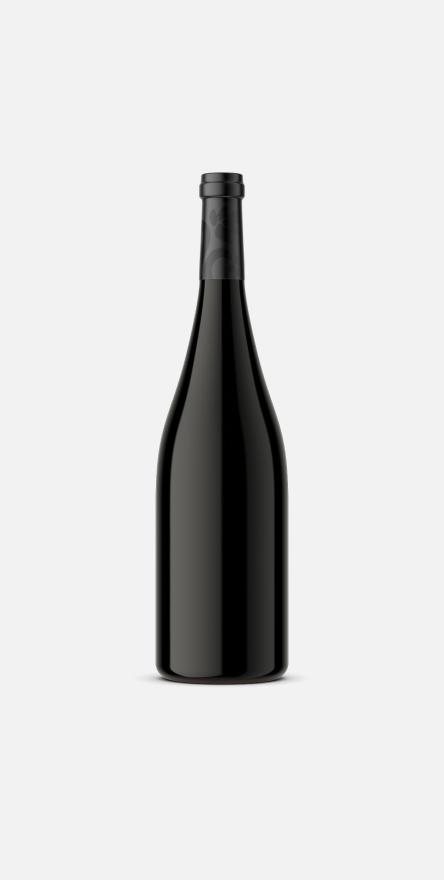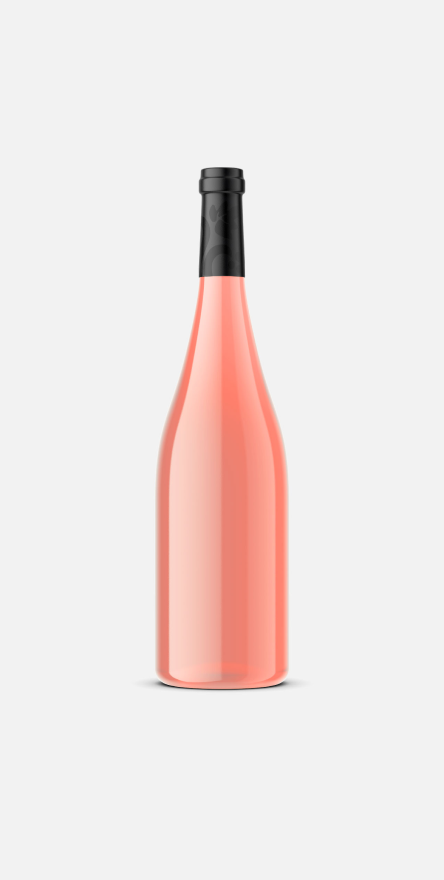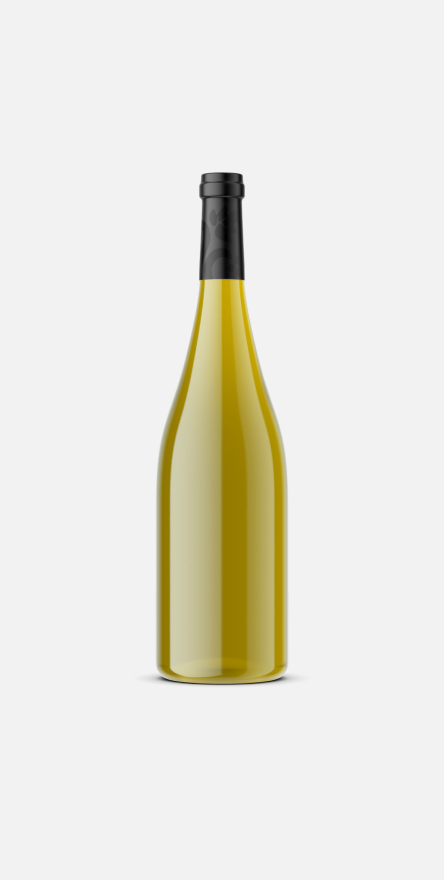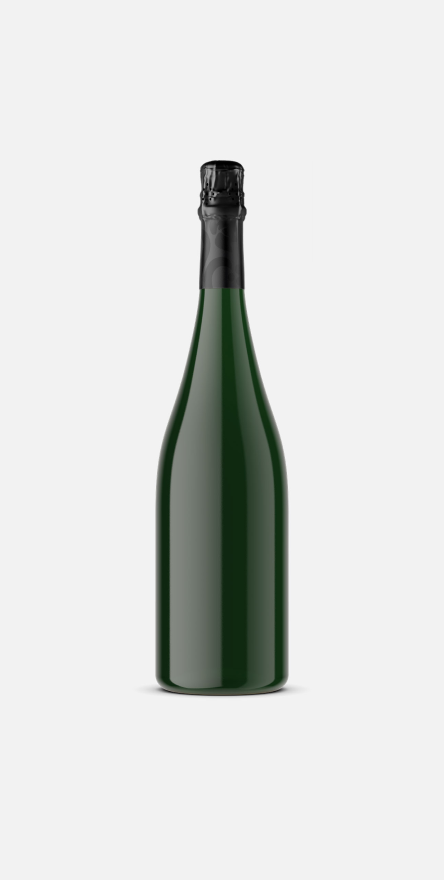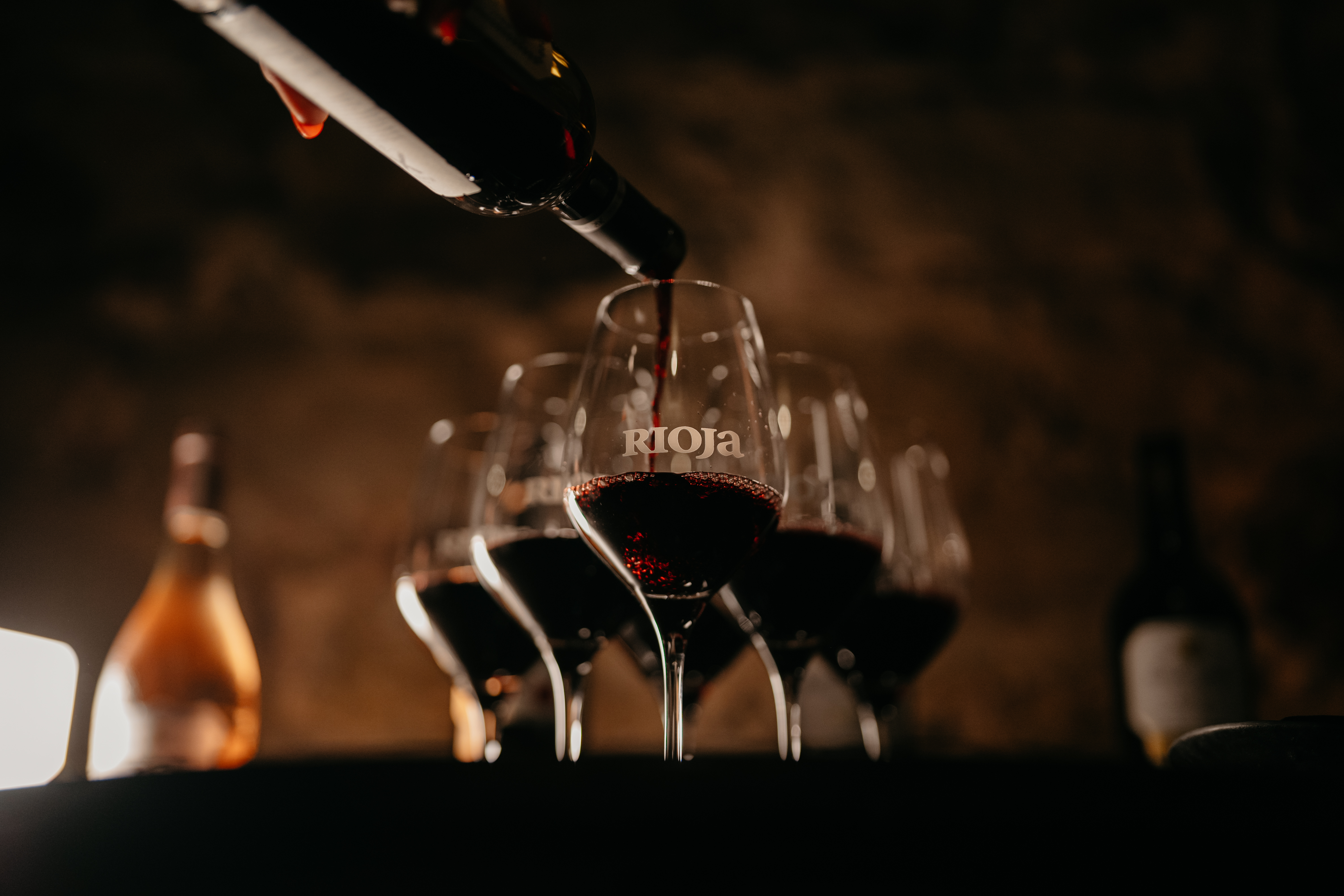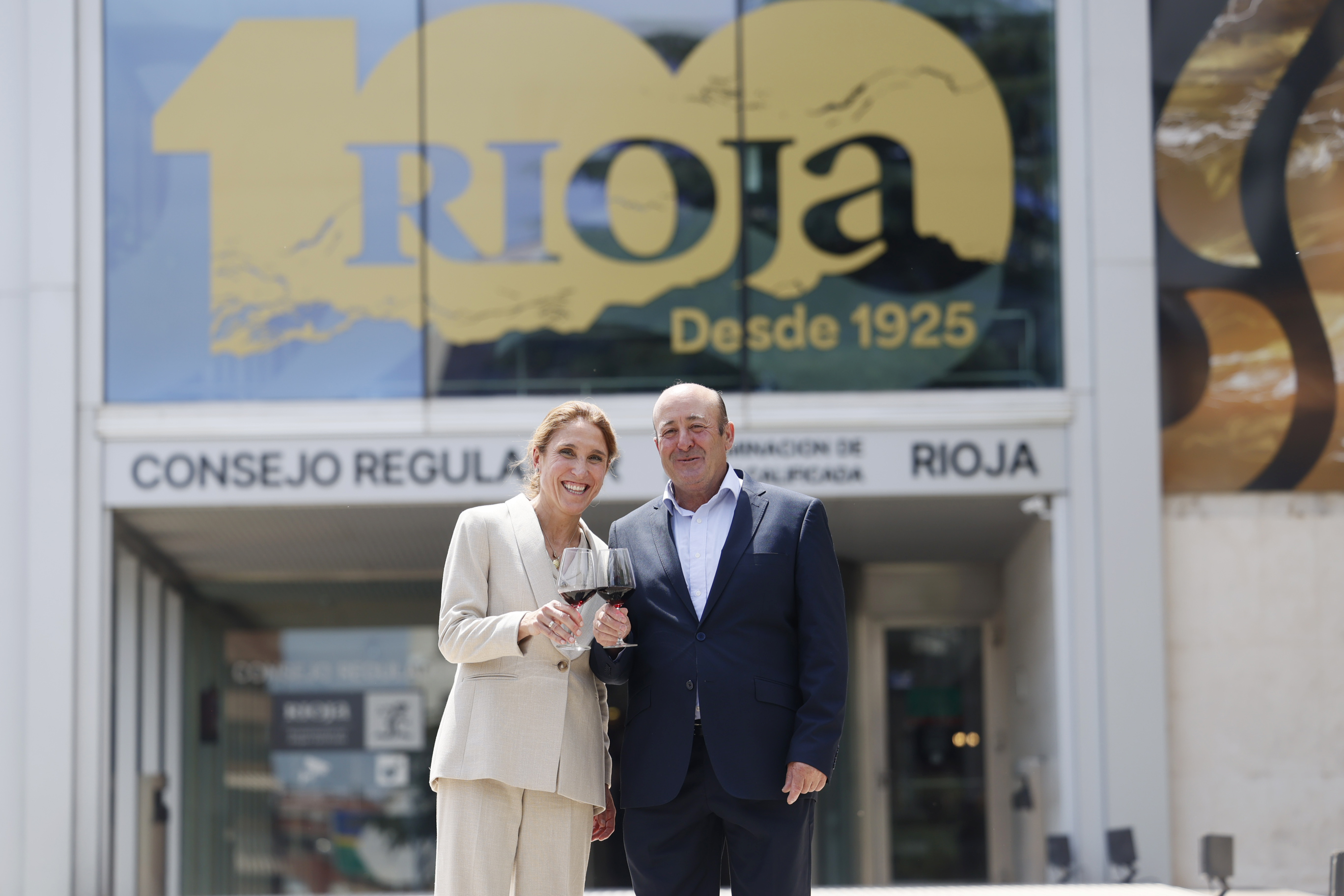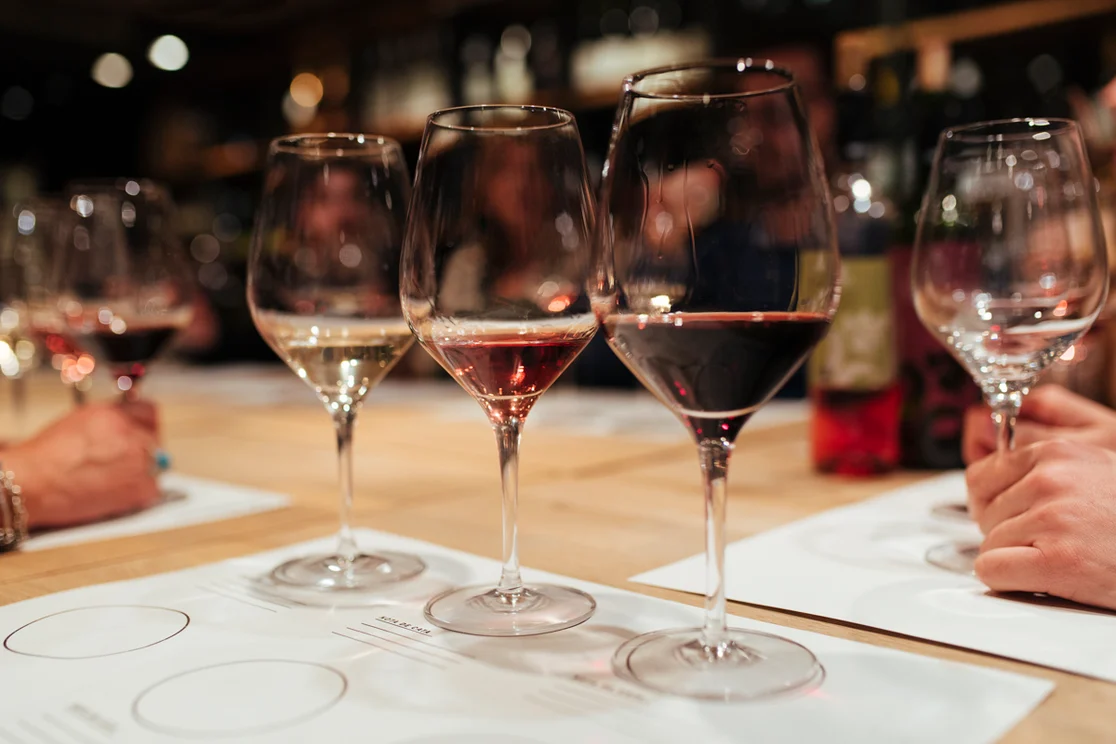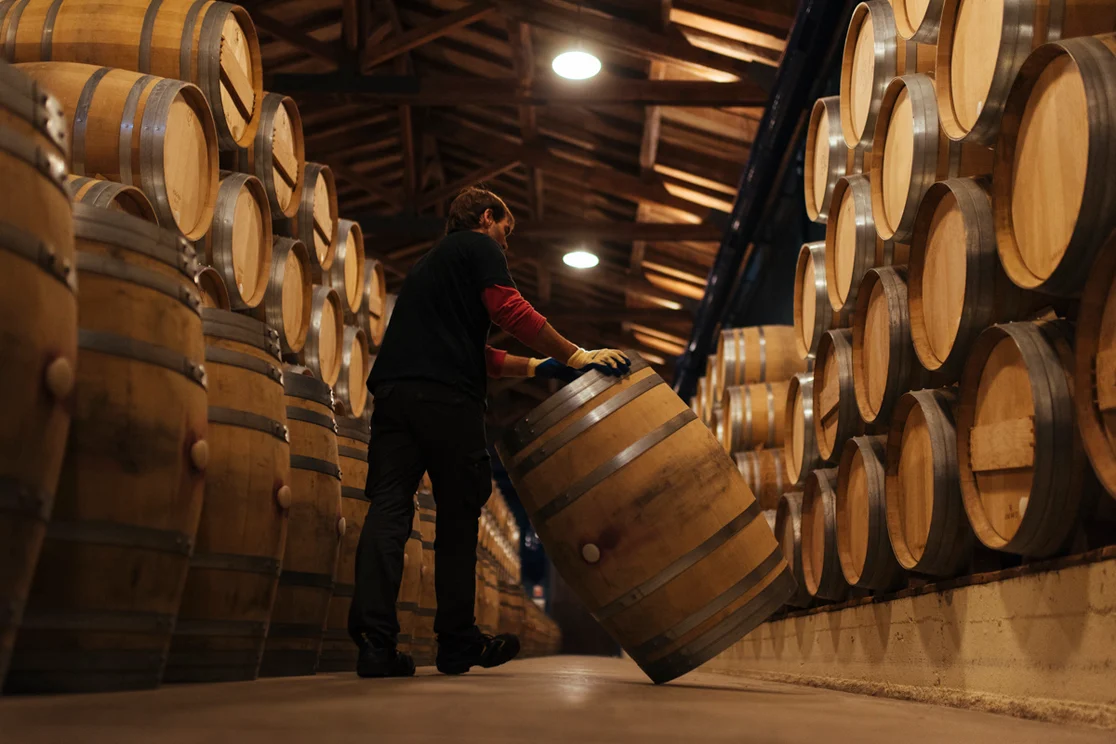The Regulatory Council approves new labeling mentions and lower-alcohol wines
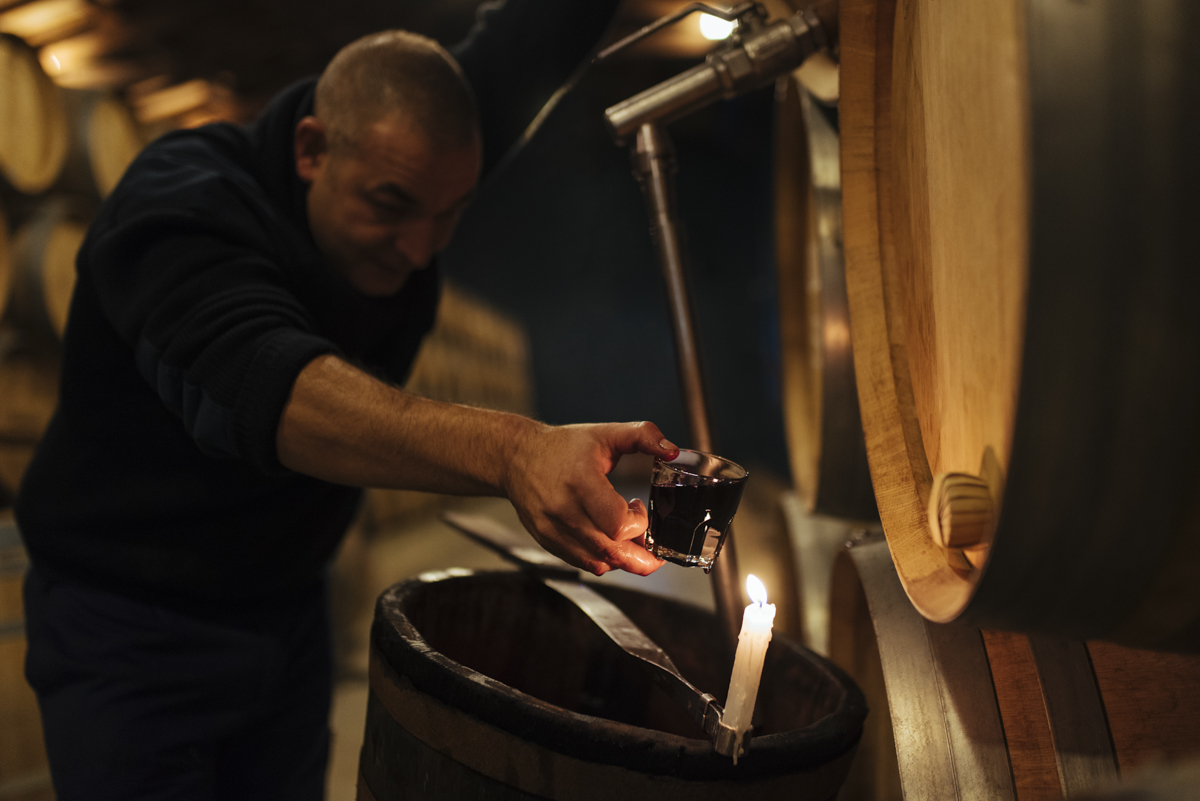
- Campaign rules ratified in the Balance Plan remain in force: 90% of the yield is covered for red grapes and 100% for white grapes; all surplus production must be destined for distillation.
- The Regulatory Council authorizes lower-alcohol wines, reducing by 1.5% Vol. the minimum permitted alcohol level for certification.
- The mentions “blend” and “early harvest” are incorporated into labeling requirements.
At today’s plenary session of the Regulatory Council, the last presided over by Fernando Ezquerro, the sector adopted a series of significant agreements for the Denomination.
On the technical side, and following the established work calendar, the campaign rules approved last January remain unchanged. The rules for the next harvest compared to the previous year are as follows: the coverage of 90% of the yield established by the Denomination’s rules is maintained for red grapes, which represents a maximum of 5,850 kg per hectare, and 100% of the yield established for white grapes, i.e., a maximum of 9,000 kg per hectare. The certified transformation yield is also maintained: 69% for red grapes and 70% for white grapes destined for white wine production.
Lower alcohol wines
The plenary session of the Regulatory Council has agreed to amend the specifications to allow for the certification of lower-alcohol wines, specifically up to 1.5% Vol. less. Thus, certified red wines may now have a minimum alcoholic strength of 10% Vol. (previously 11.5% Vol.) and white and rosé wines 9% Vol. (previously 10.5% Vol.).
Likewise, the range is extended for quality DOCa Rioja sparkling wines ready for consumption, setting a minimum acquired alcoholic strength of 10% Vol. (previously 11%) and a maximum of 13% Vol.
Conditions remain unchanged for wines entitled to the mention Crianza, which must reach a minimum alcoholic strength of 11.5% Vol. for reds and 10.5% Vol. for whites and rosés; and for wines entitled to the mentions Reserva and Gran Reserva, to which the indication Viñedo Singular is added, which must reach a minimum of 12% Vol. for reds and 11% Vol. for whites and rosés, thus protecting traditional mentions.
Regarding winemaking practices, the minimum permitted strength for grapes remains at 11% Vol. for reds, while it is reduced by 1.5% Vol., from 10.5% to 9%, for white grapes, offering more possibilities to producers working with these varieties and making white wines.
New labeling mentions
In line with this, the plenary session of the Regulatory Council has also approved modifications in the requirements to regulate new optional mentions on labeling. The terms “Vendimia temprana”, “Early harvest” or similar may be applied to red, rosé, and white wines with an acquired strength equal to or below 12% Vol. for reds, and equal to or below 11% Vol. for whites and rosés.
Meanwhile, the term “red blend” may be used for blends of red wines with a sugar content greater than 4 g/l and less than 12 g/l. The term “rosé blend” will apply to blends of rosé wines with a sugar content between 12 and 45 g/l, and “white blend” will refer to blends of white wines with a sugar content between 12 and 45 g/l. These mentions may only be used for wines bearing the generic back label.
